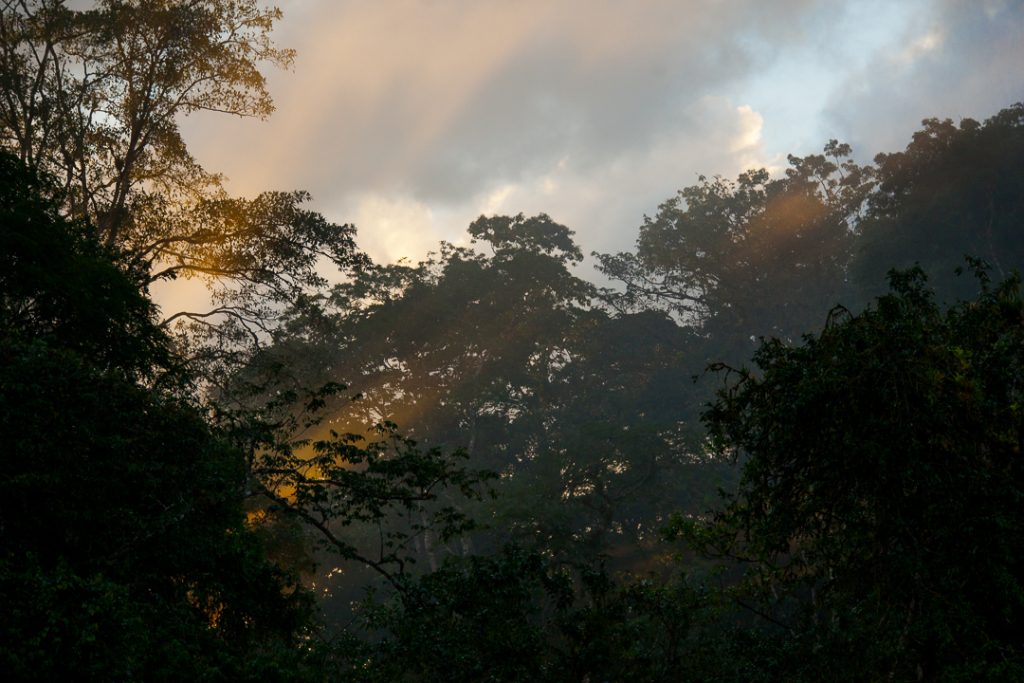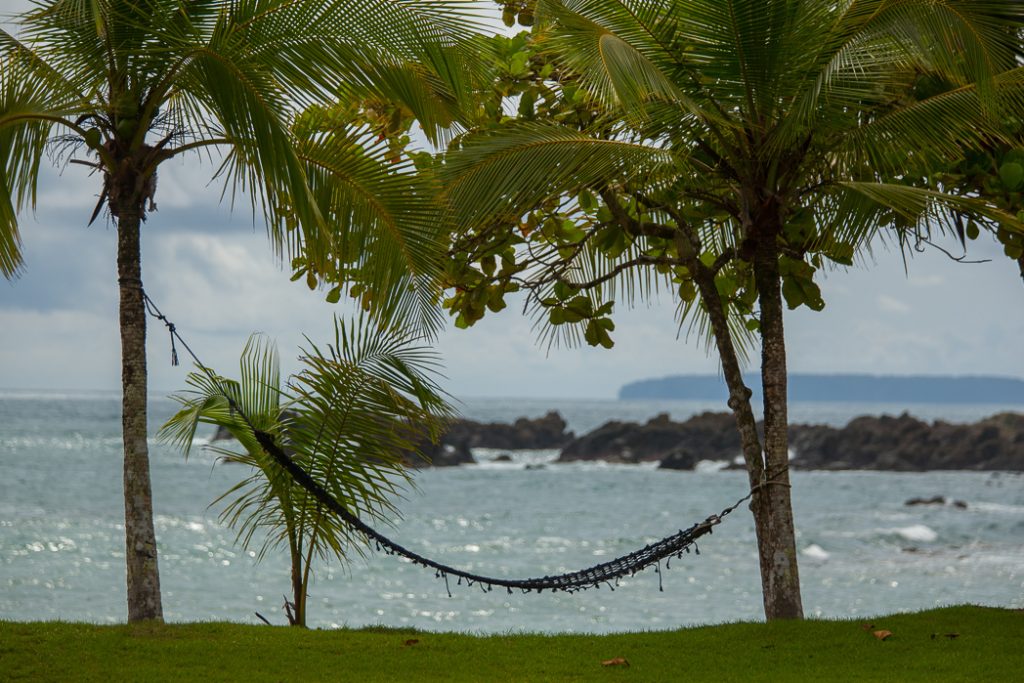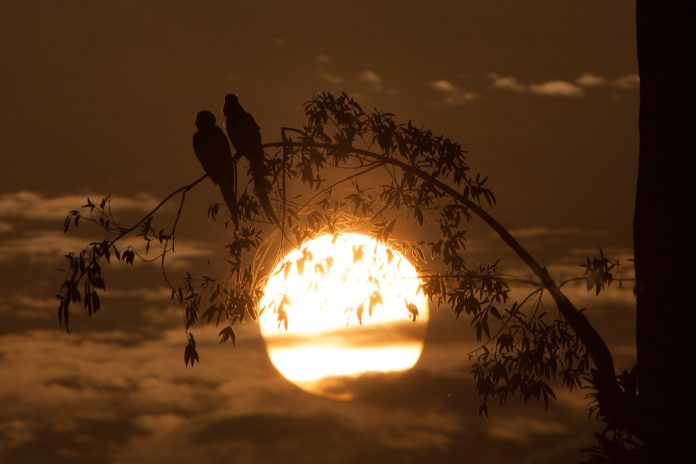Pacific and Caribbean beaches, myriad forests from rain to dry to cloud, archeological sites, city life… Costa Rica offers everything, except snow, in a small territory. Because of this, many visitors get the idea that everything is close at hand. The reality is that deciding how long to spend in the country and how many places to visit during that stay can be very complicated.
“Minimum time [in Costa Rica]? It is relative”, says Federico Solano, Marketing Director of Horizontes Nature Tours. “But coming to Costa Rica for less than a week doesn’t make sense.”
Now, deciding what to do with that week, or whatever time you can dedicate to your trip, is also relative. However, we can tell you that at El Colectivo 506, we believe that when it comes to choosing how many destinations you’ll fit into your itinerary, less is more. It’s best to give your all to each stop on the list, immersing yourself in those places and experiences.
We spoke with Federico and with a sponsor of our Travel Thursdays section, Ann Becker from Travel with Ann Experiential. Both Federico and Ann have a wealth of experience in the design and development of tours in Costa Rica. Here are their tips.

How many destinations should you include in your trip if you really want to get to know Costa Rica… and how long should you spend at each destination?
Deciding how many and which places to visit in Costa Rica can be difficult, especially if your trip includes many people and generations. In addition, since 2020, the pandemic has made all of this more complicated.
“Trends are changing,” says Federico. “What we have seen is that, perhaps due to the pandemic, people do not want to make too many stops. They prefer to spend three or four nights in three different iconic destinations. They are also looking for less popular, less visited, more isolated, and safer destinations”.
“I generally encourage prospective travelers to choose two to three destinations max,” says Ann, coinciding with Federico
They also agree that their recommendation is to spend at least two nights at each destination. Ann adds that for a destination like the Osa Peninsula, it’s best to set aside about four nights. However, both add that to be able to say that you got a taste of a place, the important thing is the way in which that time is used.
“Prospective travelers who prioritize opportunities for engaging with local people such as a short homestay; eating in a small soda [restaurant] and talking with the owners about their small business and the origin of the food they make; and encouraging guides and drivers to talk about their experiences of growing up in Costa Rica, can begin to get a feel for Costa Rica in a relatively short period of time,” says Ann.
“We have had people who have volunteered for 15 days, up to a month, in a community, but I believe that if the story that the [host] family or the person [who gives the tour] is telling is real, it is authentic. Even with a half-day visit I can get a good taste of what is happening there,” says Federico.

How should you pace your tours at each destination?
So, you have already chosen your destinations and planned the number of nights in each one. Now you are choosing the tours. How many and what kind of activities should you squeeze into that time?
Ann and Federico agree that more than choosing many activities, the important thing is to choose the right ones, especially those where you and the hosts can interact.
“Build in plenty of down time into a trip itinerary,” Ann recommends. For her, that free time should be dedicated to talking and interacting with locals. “These conversations can be profound, even life-changing, and demand reflection.”
Ann also recommends being flexible during the trip to take advantage of surprises and improvisations.
“Leaving space for improvisation means you’ll be able to take advantage of the impromptu moments that can make a trip unforgettable,” she says. “It could be the driver who stops the van in order for the group to catch a glimpse of a majestic King Vulture perched on a fence by the side of the road, the guide who invites you to her family home for afternoon coffee, or the bar that offers the best homemade patacones along with a cerveza. One remembers the spontaneity of moments such as these and also the people who made them possible.”

Why take the time to interact with communities instead of visiting many places?
“Because this brings life-changing experiences,” says Federico. “Seeing realities different from yours, but of people so happy, so hard-working, so driven, so motivated: that really is a factor that moves tourists, makes them feel grateful, opens their hearts and the desire to share.
“The tourist wins,” he adds. “Tourists are increasingly looking for the authentic, they are looking for the real, they are looking for how to change the world in a positive way—meaningful travel. In addition to enjoying themselves, because that’s why they travel, they want the trip to really generate a change. They achieve shi with visits to communities, but above all to people, to families, to their realities.”
Ann has a huge list of benefits to share:
- Comfort/luxury redefined: What’s better than being welcomed and cared for in someone’s home or at their local restaurant?
- The unparalleled taste of fresh, home-cooked food grown on the property or purchased from local suppliers.
- The opportunity to share stories in creative ways that often transcend speaking the same language.
- Getting to better understand and appreciate the role of nature in the history, traditions and daily lives of the community.
- A clear way to see the positive economic impact of your travel choices.
- Understanding and appreciation that traveling with intention can have long lasting positive impacts for local hosts and communities, visitors, and the planet.
- Sharing one’s experiences back home and inspiring others to think similarly about their future travel.

We are grateful for the support of Travel with Ann Experiential for the travel content in our January edition, “Toolkit 2022.” Ann Becker has been a small business owner throughout her career. With more than three decades of experience in meeting/event management and strategy consulting combined with a passion for travel rooted in deep, mutually beneficial human encounters, in 2005 she began Travel with Ann Costa Rica. For 15 years she created and led more than 40 small group experiential trips in Costa Rica, neighboring countries, and Chile. Today, through Travel with Ann Experiential , Ann is dedicated to supporting and strengthening responsible travel small businesses, nonprofit organizations and industry leaders by forging strategic connections; contributing fresh perspectives; engaging and elevating diverse voices; and strengthening organizational capacity.







